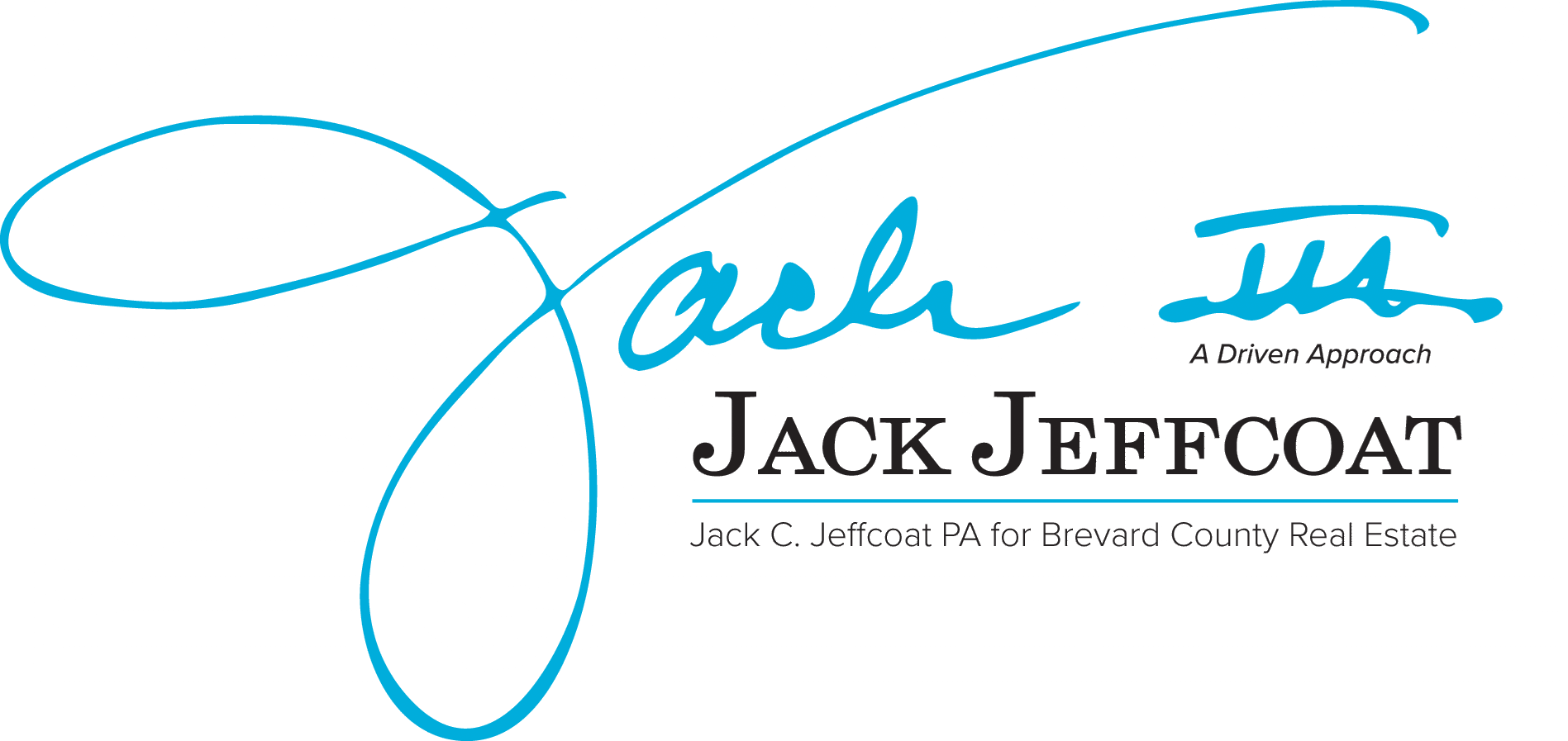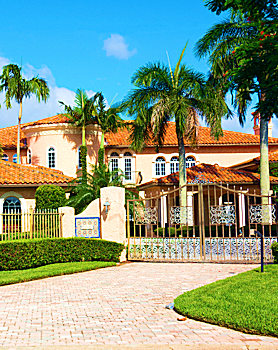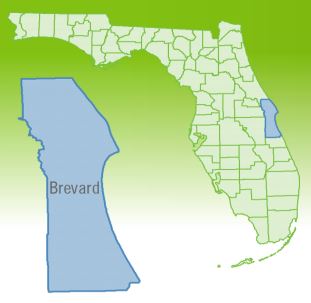Simple Tips to Protect Homes
Simple Tips to Protect Homes and Homeowners as Temperatures Begin to Drop
The National Home Service Contract Association (NHSCA) the non-profit trade organization representing the nation's premiere home service contract providers offers its Top 5 winterizing tips to homeowners:
1. Turn off exterior faucets. Un-drained water in pipes can freeze which will cause pipes to burst as the ice expands. Start by disconnecting all garden hoses and draining the water that remains in faucets. If you don't have frost-proof faucets (homes more than 10 to 15 years old typically do not) turn off the shut-off valve inside your home.
2. Remove leaves around your outside unit. The HVAC unit is likely your home's largest operating system. The compressor part of your air conditioner is located on the exterior of your home and can become inefficient with debris and leaves blocking it. You can even use a wet dry vacuum or your hands to remove the debris from the bottom for manual cleaning. Wear gloves if using your hands for manual cleaning and turn off your main breaker first – just to be safe.
3. Clean your gutters. Leaves clogging your gutters can cause big problems any time of the year. During winter months leaves can potentially cause melting ice and snow to backup into your attic and even your basement. Be sure to pay particular attention to gutters that have branches directly over them. Not all trees shed their leaves at the same time so you may need to check the gutters in both the fall and early winter.
4. Check your furnace filter. It's important to pay special attention to your homes operating systems during the winter months. Something as simple as a dirty filter can interfere with the free flow of air leading to higher fuel costs overheating and eventual shutdown of your furnace.
5. Schedule a furnace tune-up. A furnace tune-up not only includes cleaning that keeps your furnace running efficiently but it also catches small problems before they turn into big problems that can not only cause inconvenience but danger to you and your family. Even a small problem can lead to gas leaking into your home or dangerous carbon monoxide levels. Carbon monoxide (CO) is a deadly colorless odorless poisonous gas. According to the Consumer Product Safety Commission on average about 170 people in the United States die every year from CO produced by non-automotive consumer products. We recommend a good quality carbon monoxide detector in your bedroom and the main area of your home. Be mindful these detectors typically need to be replaced every five to seven years. Batteries in all detectors including smoke and fire need to be replaced annually.
It's important to remember that while home service contracts generally provide service repair or replacement for the major built-in appliances and systems in your home – such as dishwashers electrical and plumbing systems heating ventilation and air conditioning systems – regular maintenance is still very important. Many home service contract providers also offer a menu of optional items such as air conditioning systems swimming pool and spa equipment well pumps and freestanding appliances such as refrigerators and washer/dryers for an additional fee. Contracts generally do not cover pre-existing conditions but will provide service repair or replacement for failures arising due to normal wear and tear for an average cost of $400-$550 for a 12-month period.
Source: National Home Service Contract Association
Reprinted with permission from RISMedia. ©2013. All rights reserved.






